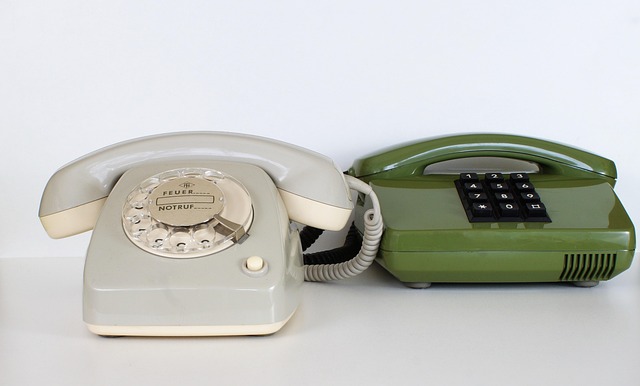Missed call recovery healthcare leverages automated systems like intelligent call routing and personalized messages to reclaim potential patients who didn't answer or return initial appointment calls. This strategy improves appointment booking rates, enhances patient relationships, and ensures timely access to care by filling scheduling gaps. Combining manual processes with automation allows for tailored communication, increasing patient satisfaction and maximizing resources while minimizing manual effort. Effective missed call recovery focuses on building trust and improving healthcare outcomes through optimized patient engagement.
In the fast-paced world of healthcare, missed patient calls can lead to lost appointments and reduced revenue. Effective missed call recovery strategies are essential to enhancing patient engagement and optimizing scheduling processes. This article explores two primary approaches: manual techniques to improve booking rates and automation tools designed for efficient call handling. We delve into innovative solutions that integrate technology, ensuring seamless scheduling while measuring success through appointment conversion rate tracking. Understanding missed call recovery in healthcare is key to transforming these missed opportunities into confirmed bookings.
- Understanding Missed Call Recovery in Healthcare
- Manual Approaches to Enhance Appointment Bookings
- Automation Tools for Efficient Call Handling
- Strategies to Improve Patient Engagement
- Integrating Technology for Seamless Scheduling
- Measuring Success: Tracking Appointment Conversion Rates
Understanding Missed Call Recovery in Healthcare
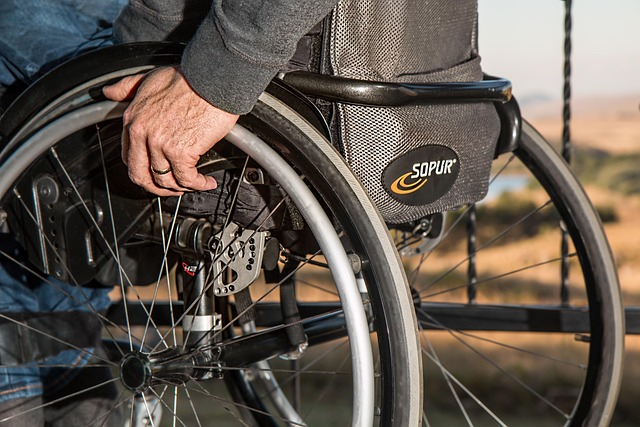
In healthcare, missed call recovery is a critical aspect of patient engagement and appointment management. It involves proactive strategies to reach out to patients who did not answer or return their initial call for appointments, thereby reclaiming missed leads. This process is essential to ensure no potential patient gets left behind due to an unattended call. By implementing automated systems or efficient manual processes, healthcare providers can effectively address this challenge and improve appointment booking rates.
The impact of unanswered call resolution extends beyond simply filling scheduling gaps; it’s about fostering patient relationships and ensuring timely access to care. Automated solutions, such as intelligent call routing and personalized voice messages, can significantly enhance this process. These tools can promptly deliver reminders, reschedule options, or even offer alternative appointment slots, all while collecting valuable patient data for further outreach. Alternatively, a well-organized manual system, including dedicated follow-up protocols and trained staff, can effectively lost call appointment recovery, ultimately contributing to better patient care and operational efficiency.
Manual Approaches to Enhance Appointment Bookings

In the realm of healthcare, where timely patient interactions are paramount, manual approaches to enhance appointment bookings and missed call recovery play a significant role. One traditional yet effective strategy is implementing a robust medical callback protocol. This involves dedicated staff members who proactively reach out to patients who have missed their appointments or failed to return calls promptly. By calling these individuals, healthcare providers can reclaim reclaimed missed leads, gather important feedback, and schedule new appointments, thereby increasing overall booking rates.
A well-structured manual process ensures that no potential patient is left unengaged. It allows for personalized interactions, where caregivers can address any concerns or reschedule in a timely manner. This human touch is invaluable, especially in building patient loyalty and fostering long-term relationships. Moreover, it contributes to improved healthcare outcomes by facilitating continuous care and intervention when needed.
Automation Tools for Efficient Call Handling
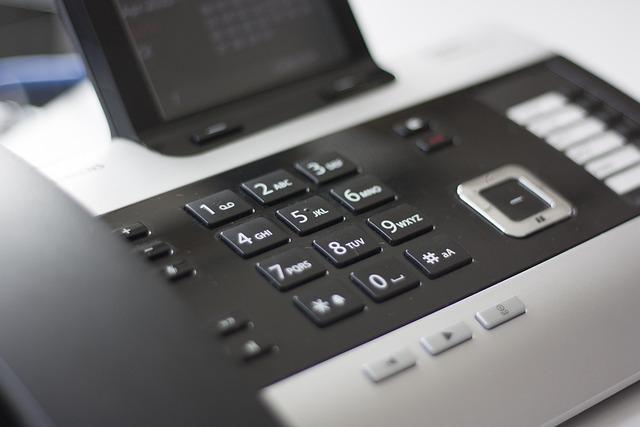
In today’s digital age, healthcare providers are increasingly leveraging automation tools to enhance patient engagement and streamline processes. One area where this has proven effective is in managing missed call recovery healthcare. Automated systems designed for reclaiming missed leads employ sophisticated algorithms to identify and prioritize calls, ensuring no potential patient interaction goes unnoticed. These tools often incorporate call follow-up automation, allowing for immediate and personalized responses, which can significantly improve appointment bookings.
By implementing these automated solutions, healthcare organizations can efficiently address unanswered call resolution. The use of artificial intelligence enables the system to understand context, tailor communication, and even predict patient needs. This not only improves patient satisfaction but also maximizes resources by minimizing manual effort required for call handling, ensuring a more effective and responsive healthcare service overall.
Strategies to Improve Patient Engagement

In the realm of healthcare, patient engagement is a key metric for success, and one often overlooked area is the management of missed calls. Implementing strategies to improve patient engagement through effective call recovery can significantly enhance service quality. Automated systems play a pivotal role here; these technologies can swiftly identify and reclaim missed leads by promptly returning calls or sending personalized messages, ensuring no potential appointment goes unfilled. By providing options for rescheduling or receiving alternative suggestions, healthcare providers can effectively turn these “lost calls” into opportunities.
Additionally, integrating manual processes with automation enhances the overall experience. Trained staff can handle complex cases, offer tailored solutions, and resolve unanswered call issues that automated systems might miss. This hybrid approach, combining technology’s efficiency with human empathy, can significantly improve appointment booking rates. Reclaiming missed leads and addressing unresolved calls are not just about increasing bookings; they are a commitment to patient-centric care, fostering trust, and ultimately improving healthcare outcomes.
Integrating Technology for Seamless Scheduling
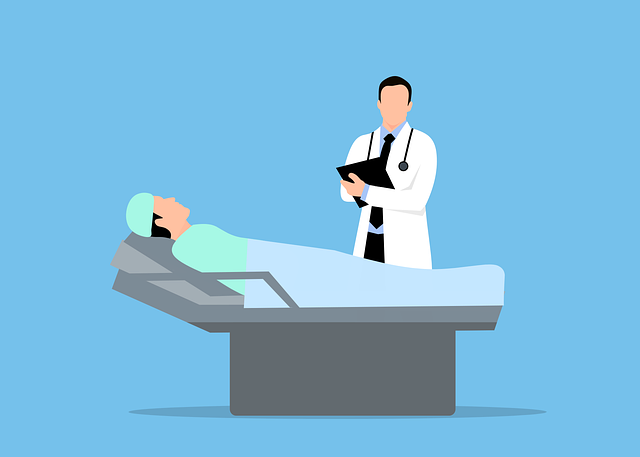
Integrating technology into healthcare practices has revolutionized scheduling and patient communication, especially when it comes to recovering missed calls and maximizing appointment bookings. Automated systems play a pivotal role in this process by ensuring that no call goes unanswered. With advanced call follow-up automation, healthcare providers can seamlessly manage their time and resources effectively. These technologies intelligently route missed calls to the appropriate personnel, enabling quick responses and minimizing delays.
This integration offers a structured approach to reclaiming missed leads and improving patient engagement. By automating the process, healthcare staff can focus on more complex tasks, enhancing overall efficiency. Moreover, automated scheduling systems provide patients with convenient options for rescheduling or cancelling appointments, fostering better communication and ultimately increasing the number of successful bookings.
Measuring Success: Tracking Appointment Conversion Rates
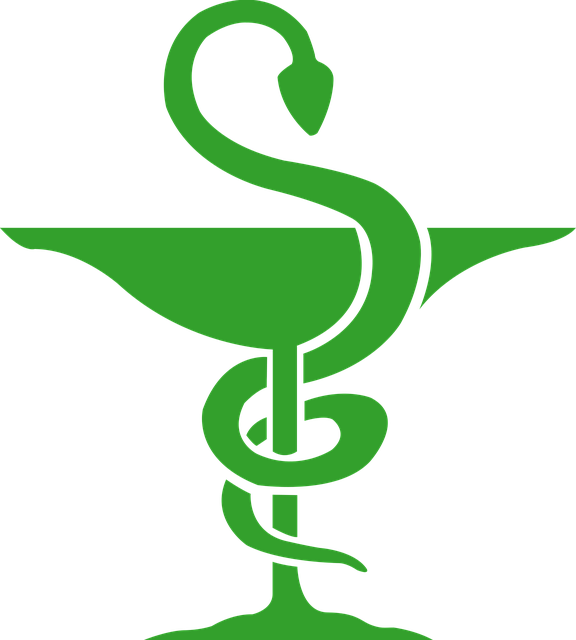
Measuring success is a vital aspect of any patient engagement strategy, especially when implementing automated or manual systems for missed call recovery in healthcare. The primary metric to track here is the appointment conversion rate, which represents the proportion of calls that result in a booked appointment. This rate serves as a powerful indicator of the effectiveness of your missed call recovery healthcare strategies.
A robust medical callback protocol should aim for high conversion rates, demonstrating successful lost call appointment recovery. By analyzing trends and patterns in these conversion rates, healthcare providers can optimize their approach, ensuring that every patient interaction, even those resulting in an unanswered call, contributes to improved patient care and increased booking efficiency.
